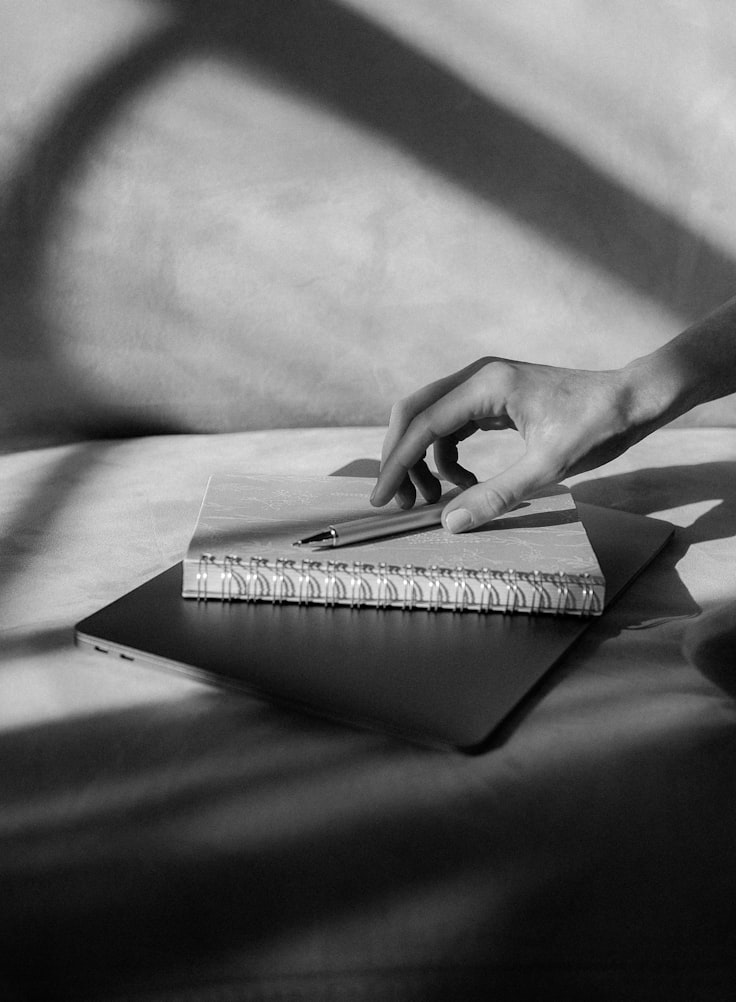 Musings
Musings
Undertaking a Structural Edit: Part 2 – The Bigger…
In 2020, I was awarded the Anne Edgeworth Fellowship to develop my manuscript, The Selkie Curse. The fellowship is generously funding a manuscript assessment and a mentorship. Along with the funds and my project work, those who win the fellowship are expected to undertake some community outreach. This post is the second in a series that I will be writing over the next few months about the process of structural editing. I hope to share my progress as well as any insights I uncover into the challenging task of editing my own novel.
About The Selkie Curse: Elsa and her mother, Queen Tiari, are at war with the Fisherman Kingdom. The young king of the Fishermen blames Queen Tiari for his father’s death, and he is set to destroy Tiari’s queendom. It is up to Elsa, and her best friend Aada, to find a way to end the war and save their home.
In the last month, I’ve been tackling the bigger picture of my novel. After my first mentoring session, I had a better grasp of the gaps in my worldbuilding and story. There are plenty of areas that needed a bit of thinking to tease out and develop. I spent several days making new maps, writing world histories and even wrote a sea shanty! (Much to my disappointment I was about two weeks early to The Wellerman craze.)
With a better understanding of my world and story, I returned to my spreadsheet. Each scene in my manuscript was recorded with its POV, setting, purpose, and word count. Then, in the spreadsheet, I began to add, cut and move scenes around. Using a scene outline was like zooming out on the manuscript and enabled me to see where there were pieces of the picture missing, or if areas were blurry, or if they were out of place. I examined the scenes based on which story Act they belonged to, to try and balance plot, setting, tension and pacing. The result was a new order for the scenes and a few new scenes to write.
The next step was to apply my notes and edit the manuscript to make it match the new scene order. I tried to be very deliberate with these edits, making sure that they reflected the new plot elements. I did not fix spelling, grammar or punctuation (unless it was truly horrendous). My goal is to have finished these edits by mid-February.
I also got to meet with Leife again to discuss the next steps and get feedback on my synopsis and first five pages. I had a few more light-bulb moments this time around. Synopses are such a bugger to write and I think I’ve worked out why it’s so difficult for me. A synopsis has to be like poetry where every word counts. I suck at poetry. Moving forward I’ll need to work out a few tricks to make this process easier for me.
A second realisation was that sometimes I need to push my ideas further. Leife gave me some excellent feedback on my opening scene. I know in my head how I want my main character to experience the event that starts her character arc, but I wasn’t doing everything I could to make that moment more emotional. In the coming drafts, I will need to raise the stakes of the scene. I also had some homework to research tall ships, to make sure the sailing scenes have the correct texture to them.
This next month is all about scenes! I’m going to be doing so hefty re-writes to restructure scenes, fix up the prose, and bring the manuscript one step closer to my vision.
My key insights from the last few weeks:
- Editing will always take longer than you think and it isn’t just about changing words on the page.
- Push the limits of the story and raise the stakes. Is your character having a bad day? Make it worse!
- A scene outline can let you “zoom-out” on your manuscript and view it like it is a picture.
Here is Part 1.